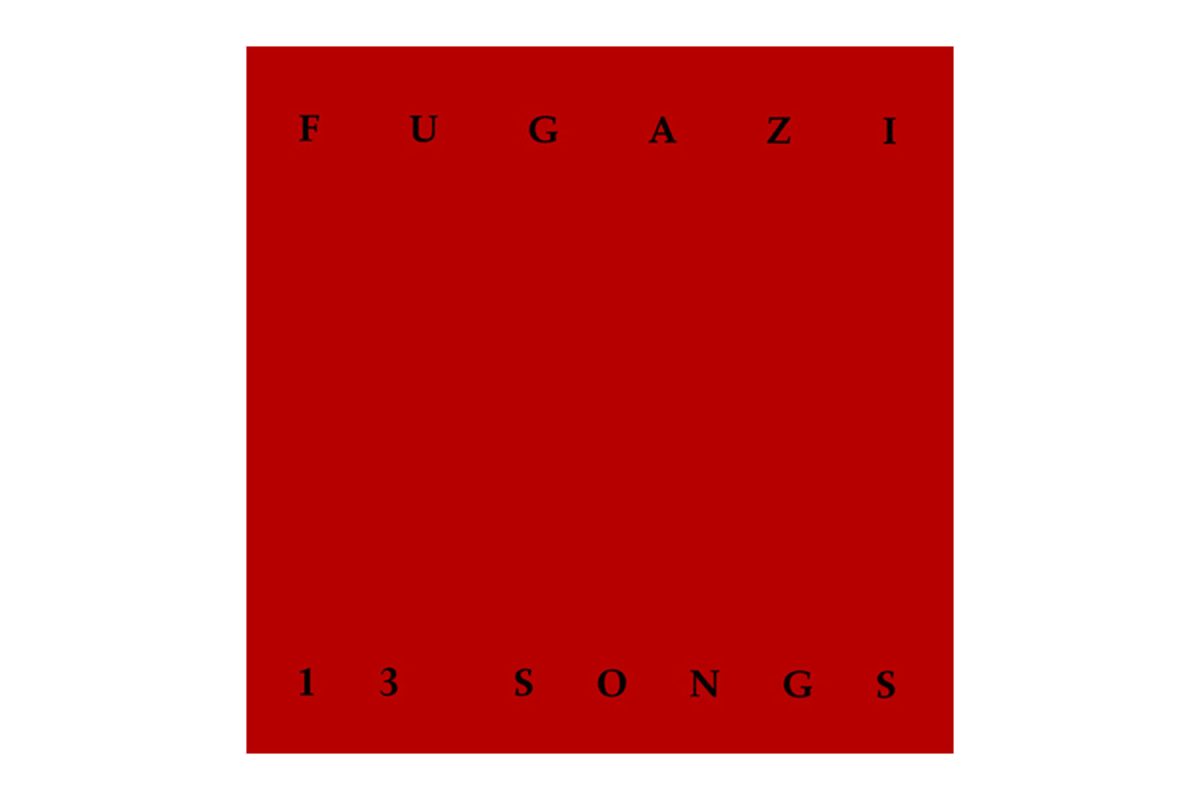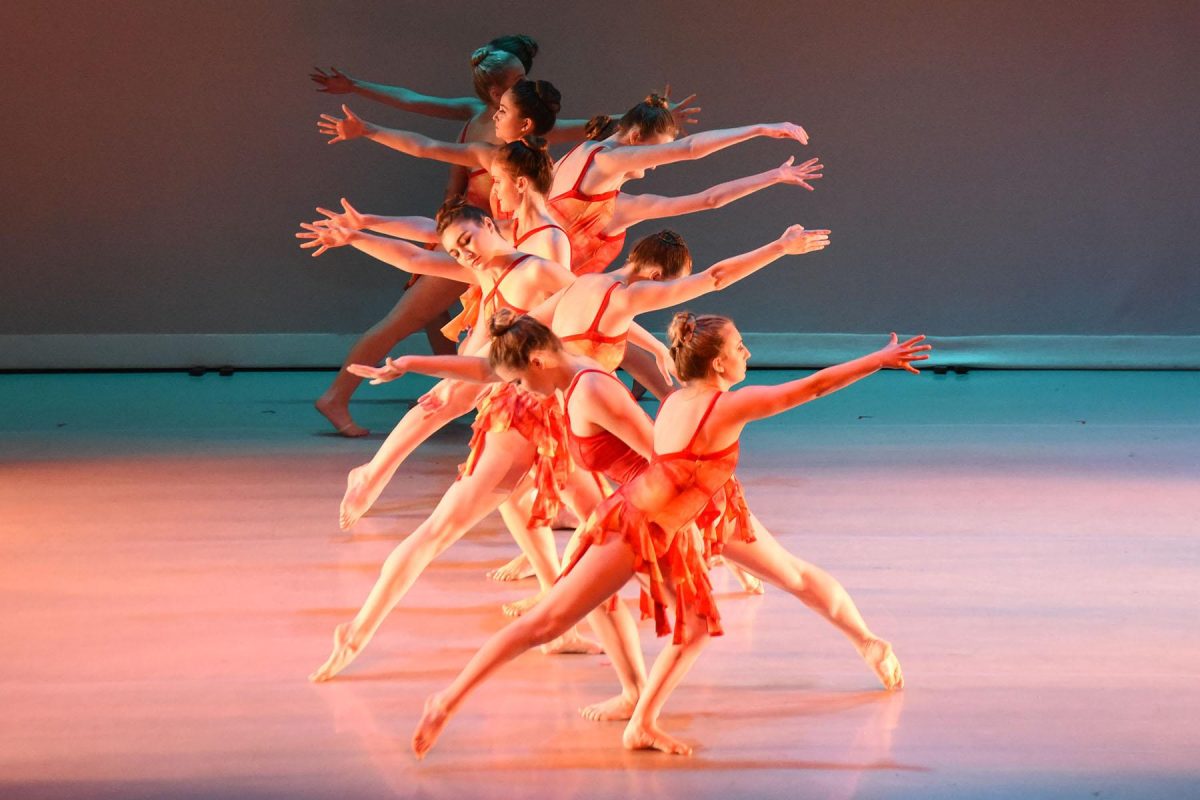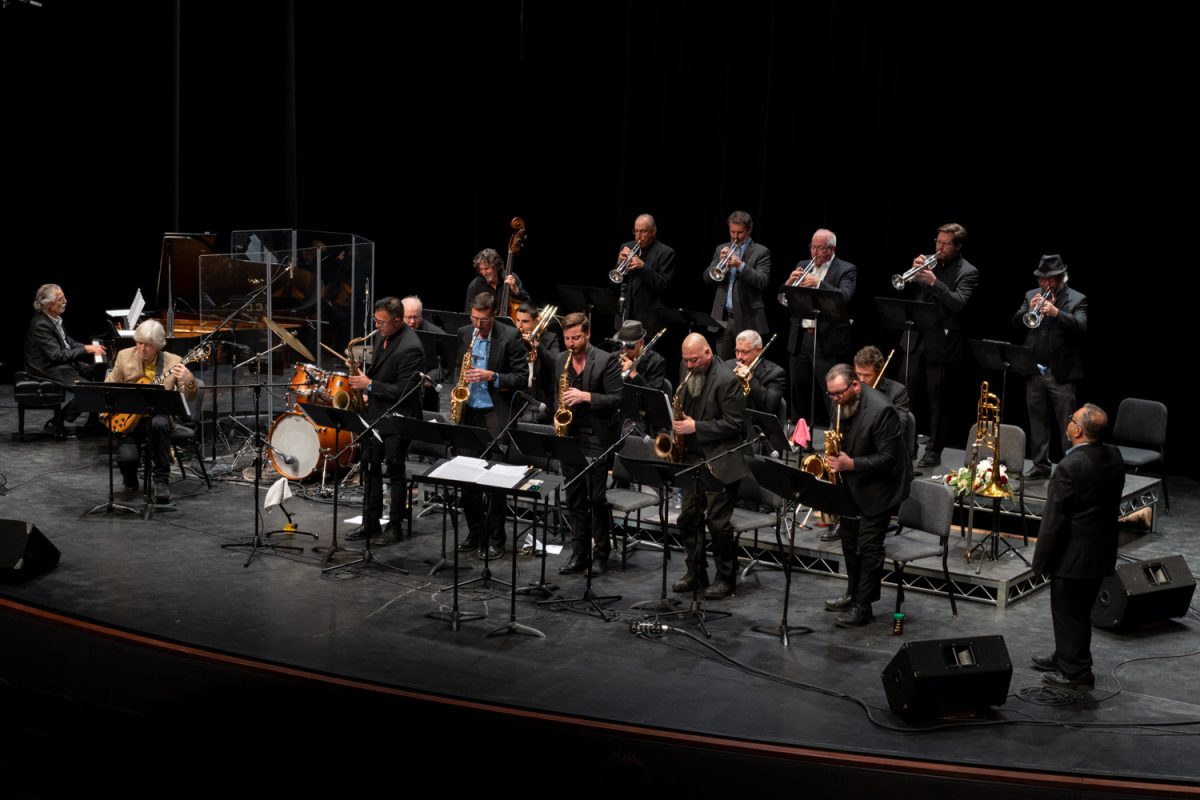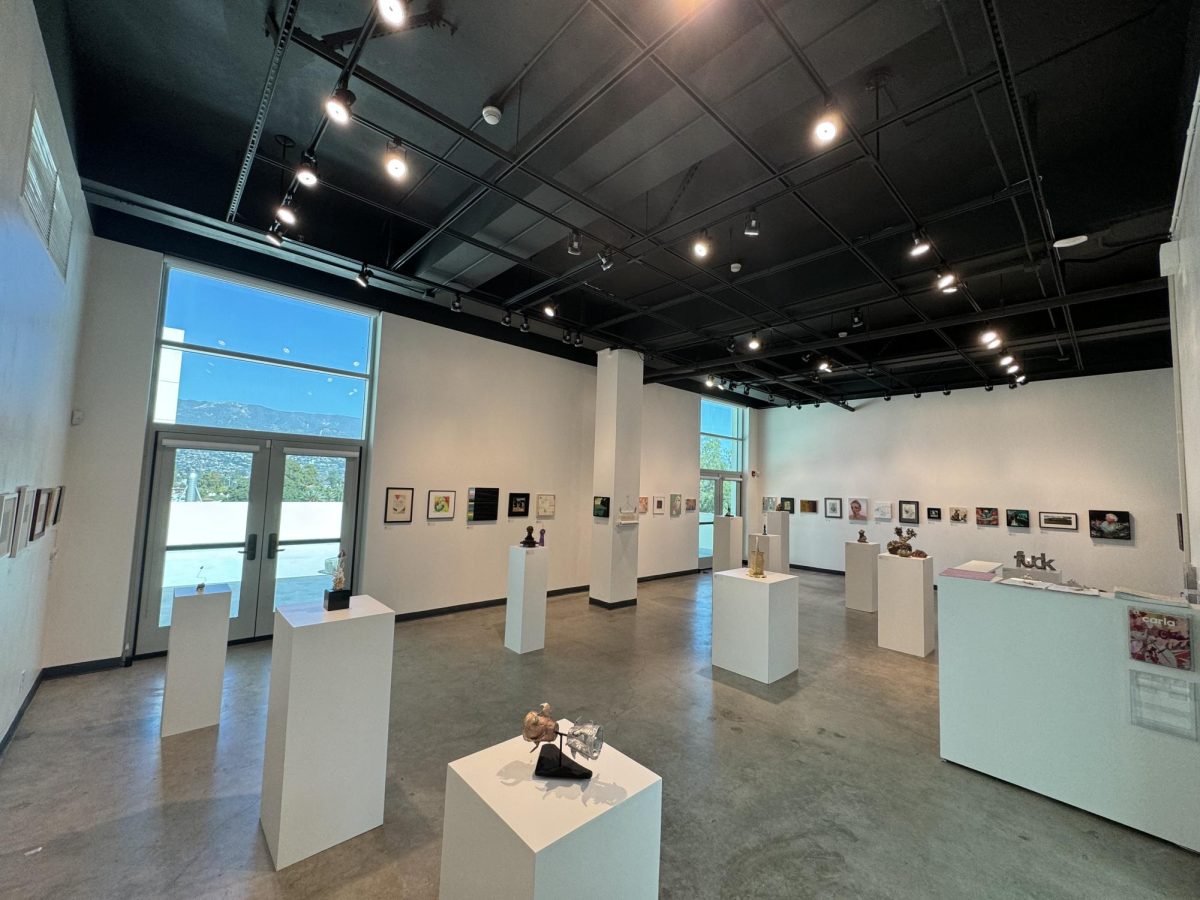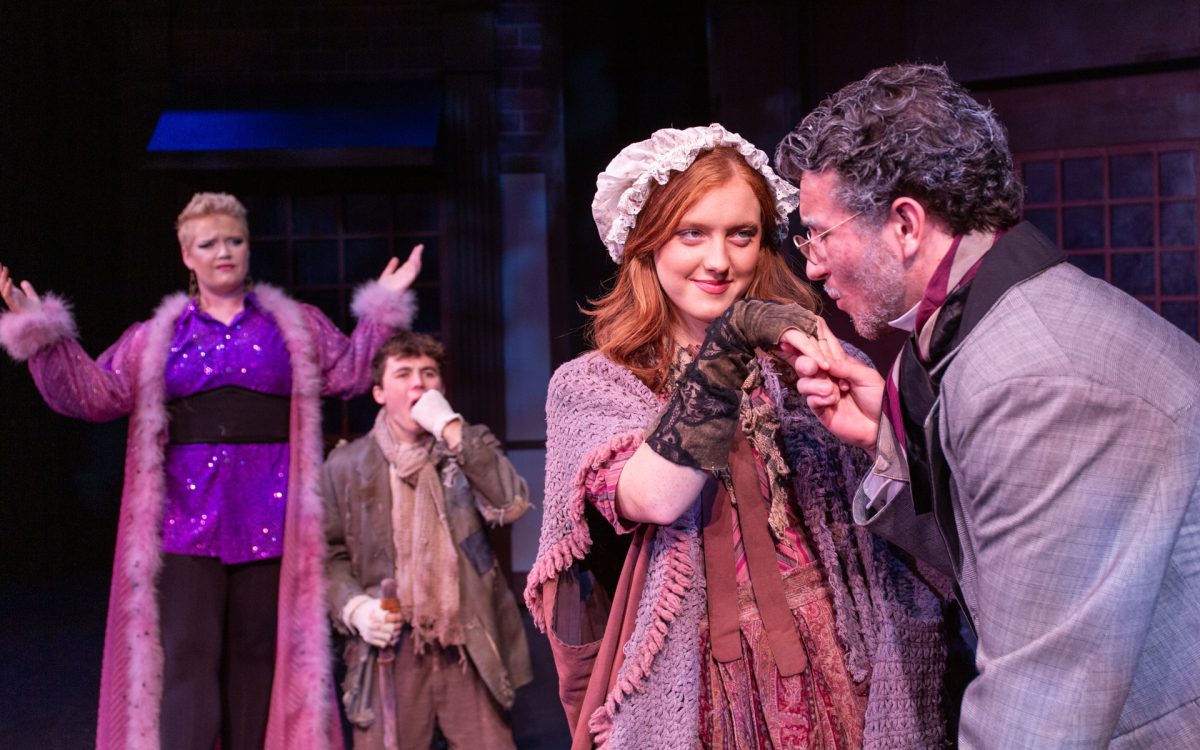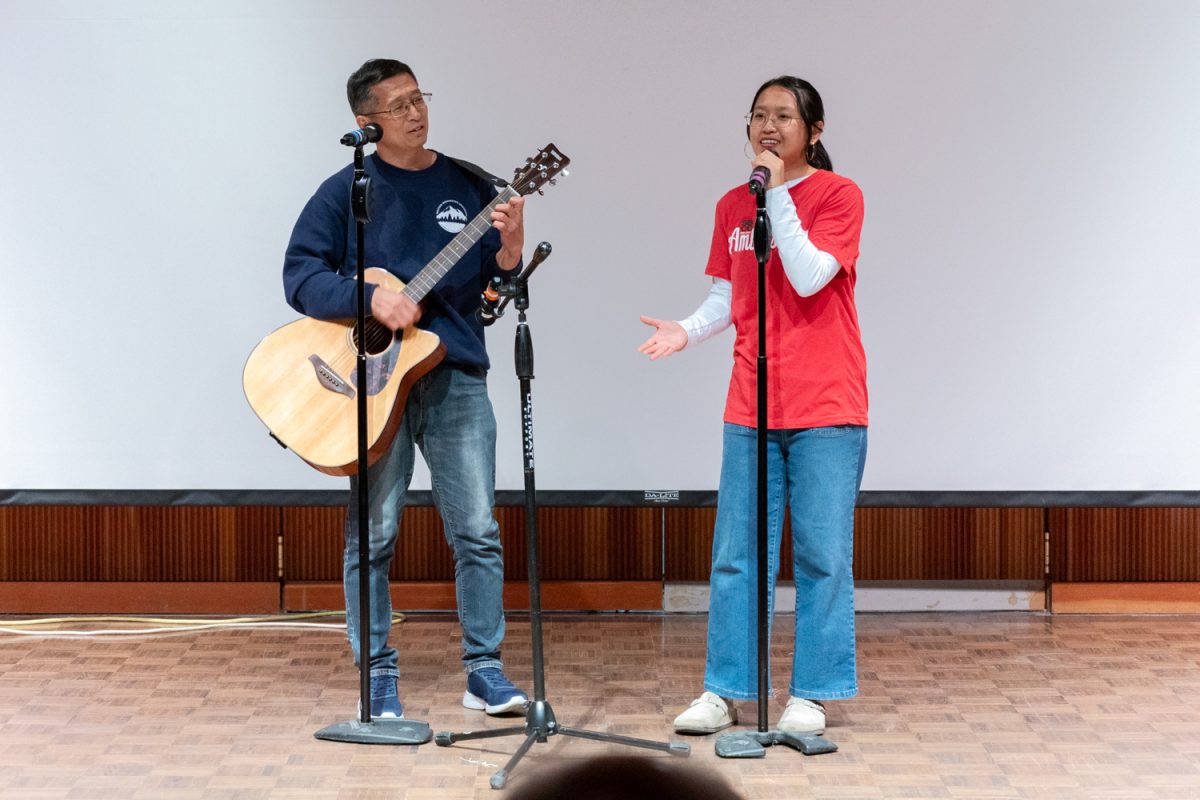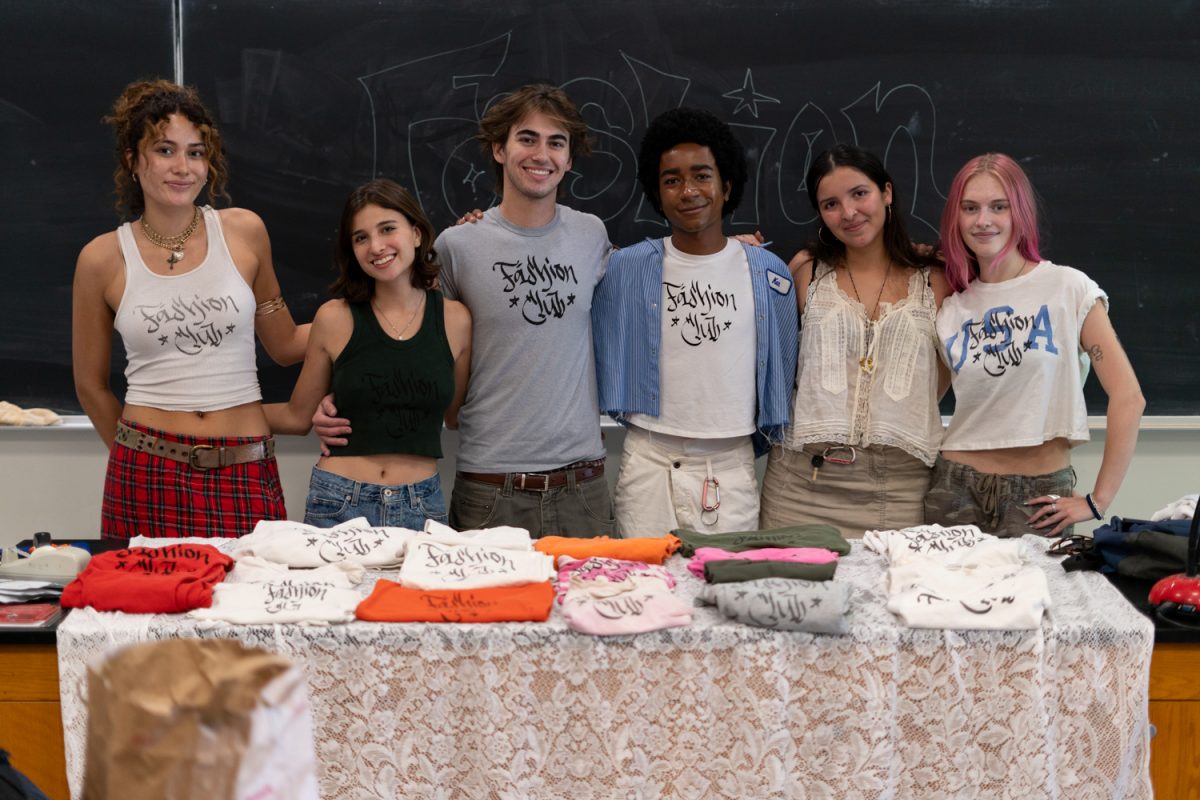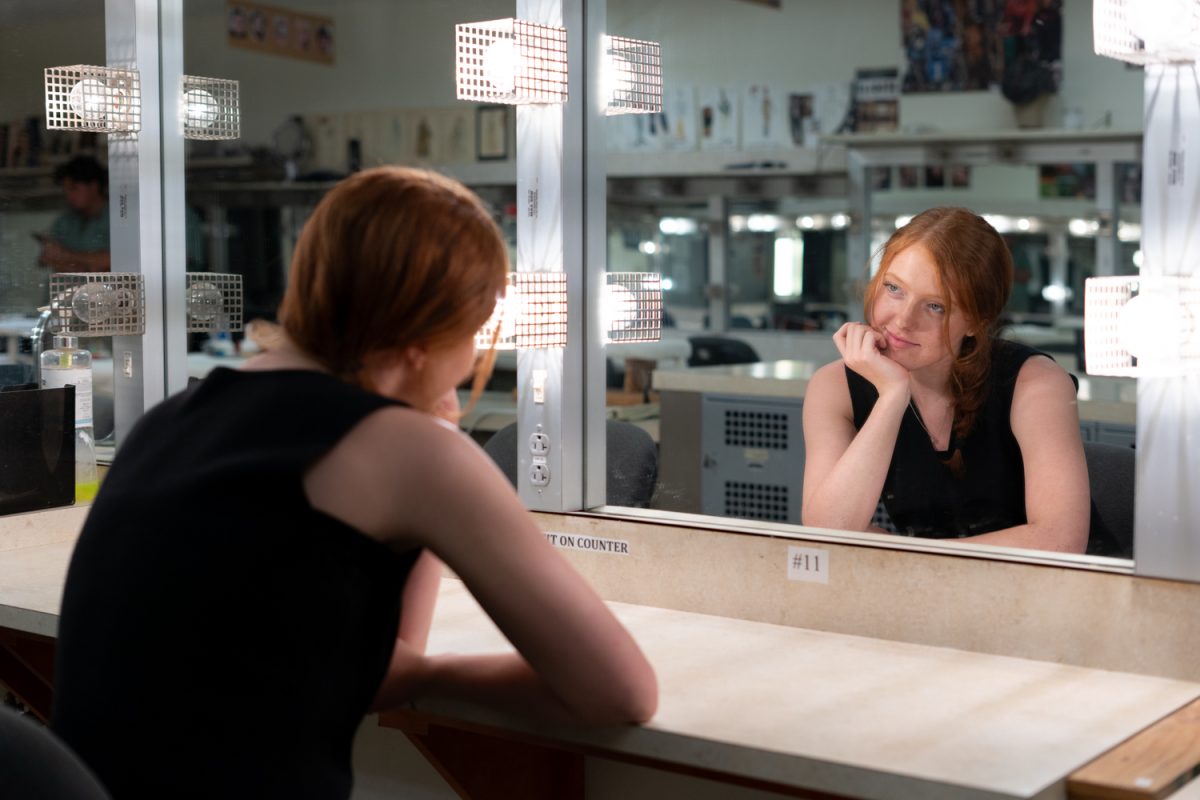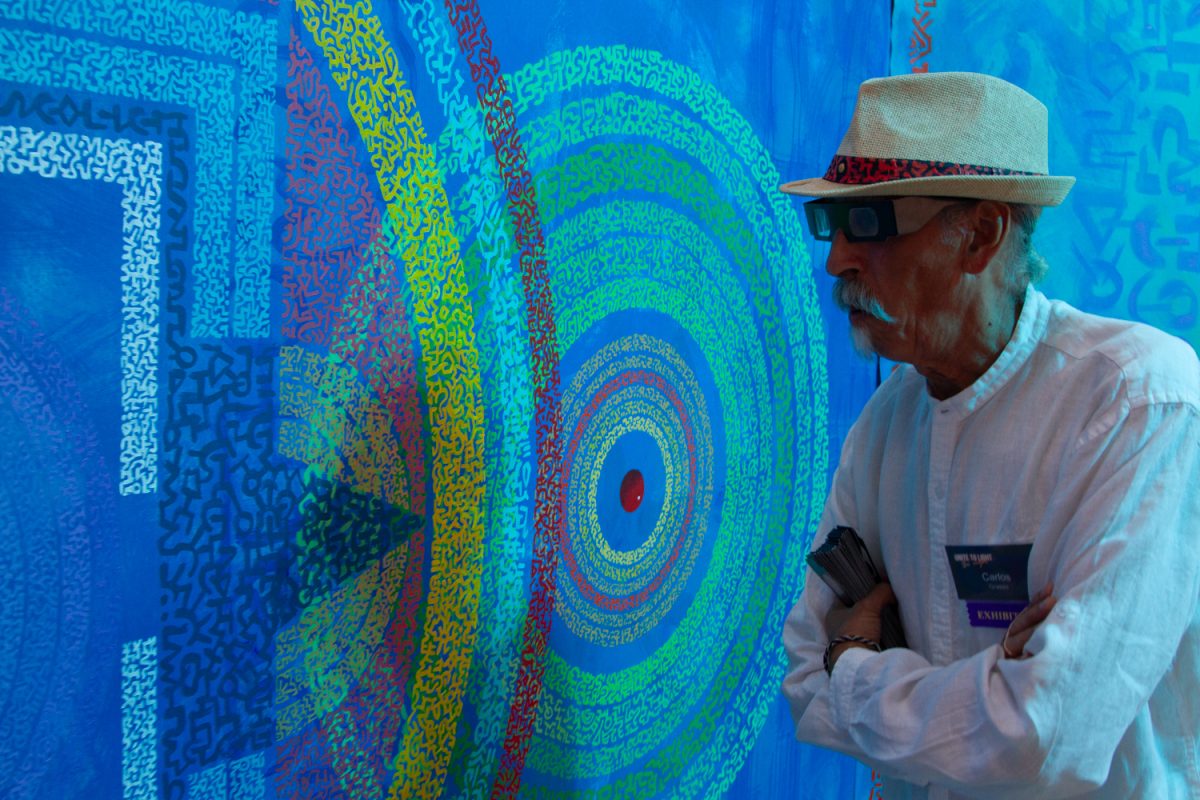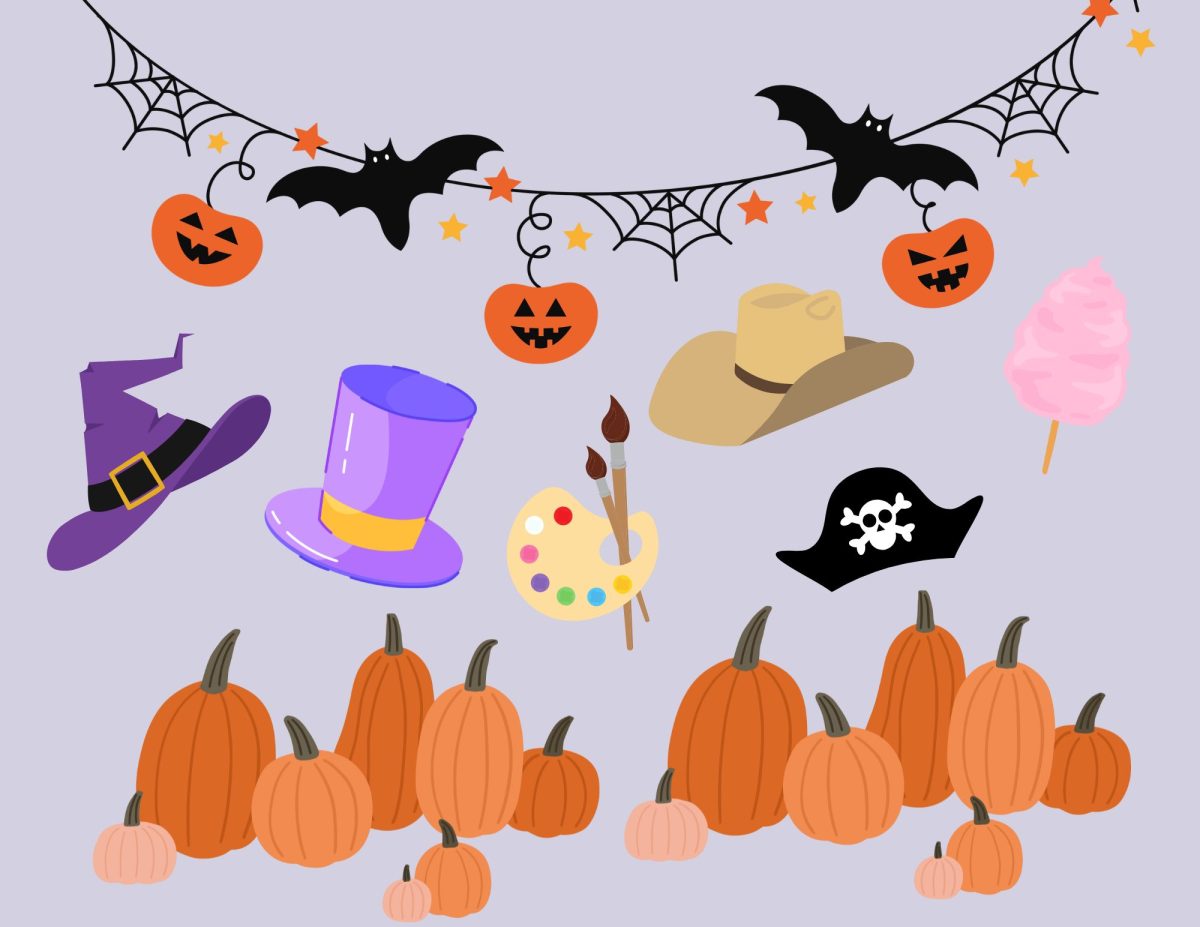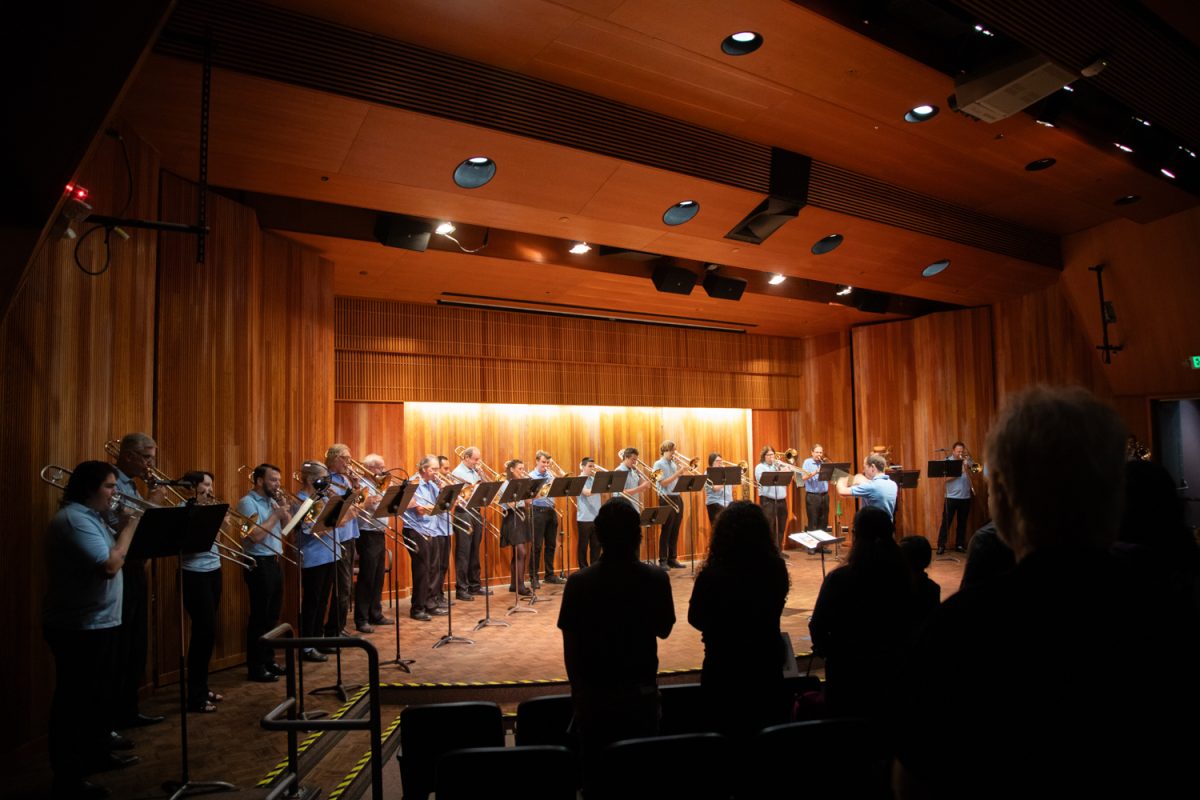The Atkinson Gallery was filled with discussions about the environment, a key issue for this year’s presidential election.
The 7 p.m. event featured authors Emma Trelles, David Starkey and Chella Courington. All of the authors, who are also City College instructors, read poetry that is inspired or related to visual art being shown in the gallery by Devon Tsuno, as well as the environment.
The exhibit’s vibrant paintings were met with incredibly inciteful works of poetry that captivated the audience by challenging our view of the world.
The gallery is currently holding Tsuno’s semester long art exhibit, “Los Angeles River: Urban Reclamation,” which served as inspiration for the authors. However, Starkey was the only one who took a direct inspiration.
Starkey’s poem, “Watershed,” a title of one of Tsuno’s pieces as well, was inspired by the exhibit. He presented the poem with the help from a member in the audience. Starkey’s experimental poem was cut up into independent stanzas and read in a random order.
Cutting the poem up into pieces that could be reassembled in different ways gives each reading similar yet different meanings. The ambiguity of the poem shows how little control there is in the environment, and that each step is random with different consequences.
This piece was the most interesting and thought-provoking work presented because it tied into general knowledge and control of the environment.
Emma Trelles read a round of poems about her experiences with different environments – from a snow covered Miami to California in the fall. Trelles weaved Spanish into her poetry to show that learning something, such as a language, is easier to do than understanding it. She compared this to the environment.
She used colors heavily to describe emotions towards people. She thinks of yellow for her mother; “a poison that can heal.” Trelles is possibly referring to mother nature, which has the power to heal and destroy the environment simultaneously. This ties in with Tsuno’s work because he depicts the competition of native and non-native plants vying for position in his exhibit.
Both species are a part of nature, but their interests lie in the destruction of the other.
The shiny worlds of buzzling cities and vibrant colors created by the previous authors were met with heavily graphic and crude depictions of nature by Courington.
Courington started her reading with a poem about a bee-drone, describing its service to the queen bee of ejaculation as an act of suicide. The poem ends with a child looking up into a clear sky after hearing the sound of the bee’s death.
The poem attempted to highlight the disappearance of bees. Although many don’t notice it happening, once it they are gonet it’ll be too late.
The three authors, with the inspiration from Tsuno have managed to create thought provoking works that challenge people to see the world from a new perspective, rather than what is expected.



